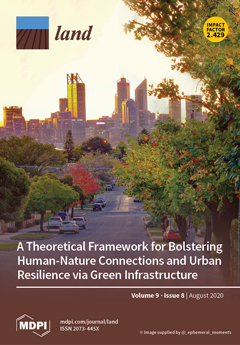Resource information
We investigated the spatial relations of ecological and social processes to point at how state policies, population density, migration dynamics, topography, and socio-economic values of ‘forest coffee’ together shaped forest cover changes since 1958 in southwest Ethiopia. We used data from aerial photos, Landsat images, digital elevation models, participatory field mapping, interviews, and population censuses. We analyzed population, land cover, and topographic roughness (slope) data at the ‘sub-district’ level, based on a classification of the 30 lowest administrative units of one district into the coffee forest area (n = 17), and highland forest area (n = 13). For state forest sites (n = 6) of the district, we evaluated land cover and slope data. Forest cover declined by 25% between 1973 and 2010, but the changes varied spatially and temporally. Losses of forest cover were significantly higher in highland areas (74%) as compared to coffee areas (14%) and state forest sites (2%), and lower in areas with steeper slopes both in coffee and highland areas. Both in coffee and highland areas, forest cover also declined during 1958–1973. People moved to and converted forests in relatively low population density areas. Altitudinal migration from coffee areas to highland areas contributed to deforestation displacement due to forest maintenance for shade coffee production in coffee areas and forest conversions for annual crop production in highland areas. The most rapid loss of forest cover occurred during 1973–1985, followed by 2001–2010, which overlapped with the implementations of major land and forest policies that created conditions for more deforestation. Our findings highlight how crop ecology and migration have shaped spatial variations of forest cover change across different altitudinal zones whilst development, land, and forest policies and programs have driven the temporal variations of deforestation. Understanding the mechanisms of deforestation and forest maintenance simultaneously and their linkages is necessary for better biodiversity conservation and forest landscape management.


